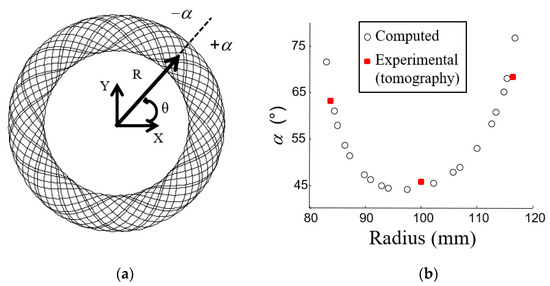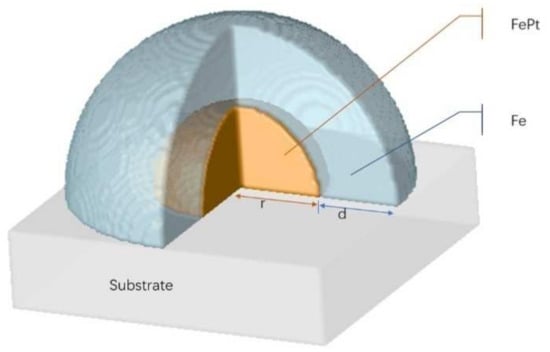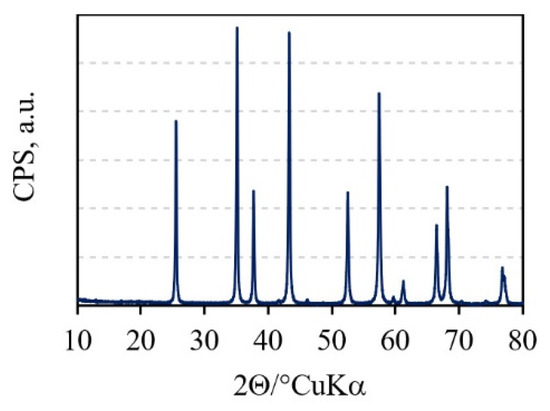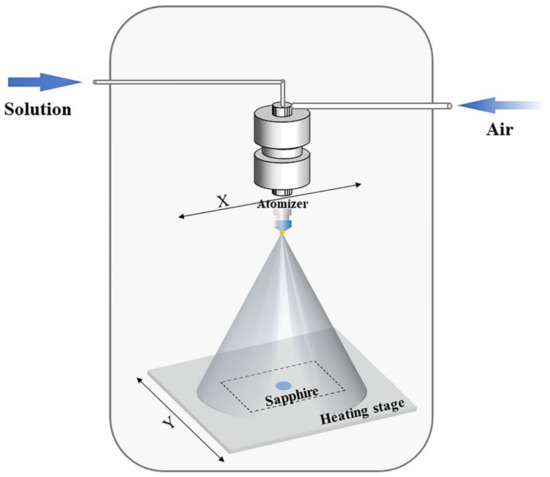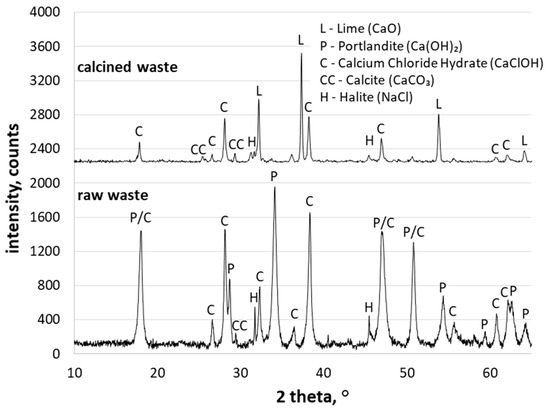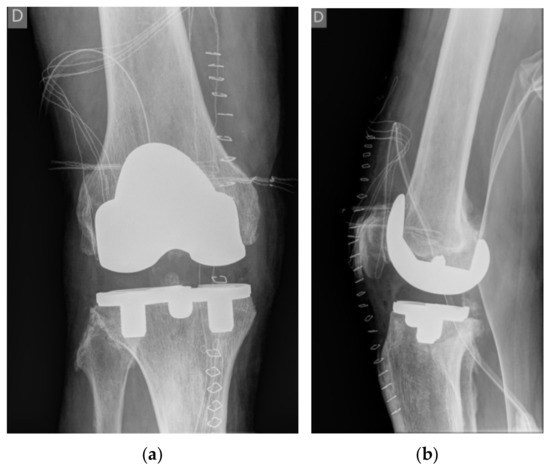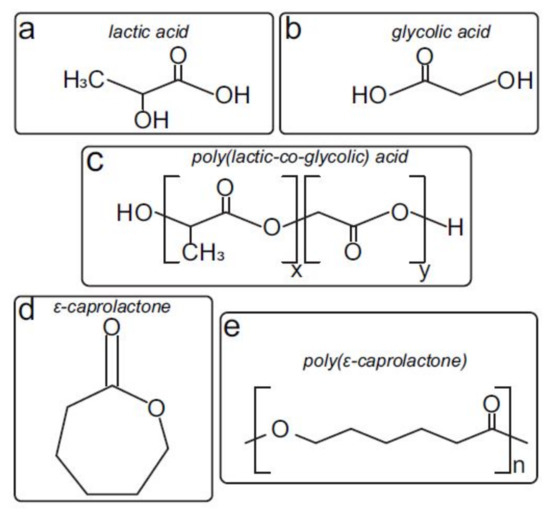Materials 2022, 15(7), 2584; https://doi.org/10.3390/ma15072584 - 31 Mar 2022
Cited by 36 | Viewed by 1959
Abstract
►
Show Figures
The paper studies the properties of brass workpieces for antifriction rings under severe plastic deformation by high-pressure torsion. The evolution of microstructure and mechanical properties of deformed workpieces after six cycles of deformation by high-pressure torsion at 500 °C have been studied. All
[...] Read more.
The paper studies the properties of brass workpieces for antifriction rings under severe plastic deformation by high-pressure torsion. The evolution of microstructure and mechanical properties of deformed workpieces after six cycles of deformation by high-pressure torsion at 500 °C have been studied. All metallographic studies were performed using modern methods: transmission electron microscopy (TEM) and analysis electron back scatter diffraction patterns (EBSD). The deformation resulted in an ultrafine grained structure with a large number of large-angle boundaries. The strength properties of brass increased compared to the initial state almost by three times, the microhardness also increases by three times, i.e., increased from 820 MPa in the initial state to 2115 MPa after deformation. In this case, the greatest increase in strength properties occurs in the first two cycles of deformation.
Full article


